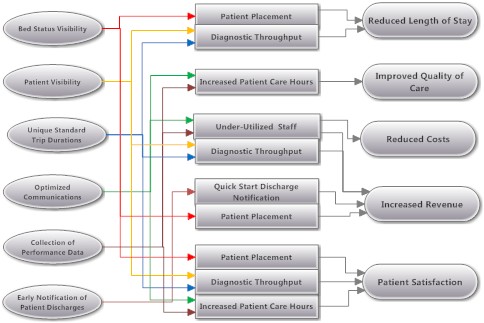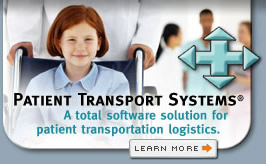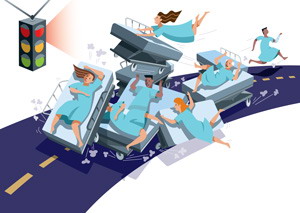How to Track & Decrease the Transport Timeframe
Have you ever wondered, “what is my staff actually doing up on the nursing units while they are supposed to be picking up a patient for transport?” Have you questioned, “why do my transporters have to wait so long for a nurse or nursing staff member to prepare the patient for transport, or why are we always having to wait for lift assistance? If you’ve asked yourself any of these questions and wondered how you could possibly track this process and the intermediate timeframes without actually shadowing the transporters, then you’ve come to the right place.
We’ll be discussing these common questions and answering one that you may not even have thought to ask: How can I decrease the transport timeframe at my hospital?
The challenges are that you only have so many transporters and the demand for them during certain hours can really put the strain on everyone: the transporters, the Diagnostic & Nursing staff, the patients, and you as the manager (note: even if you aren’t in a managerial role, this article is a good read for anyone involved with the time-consuming transport process).








